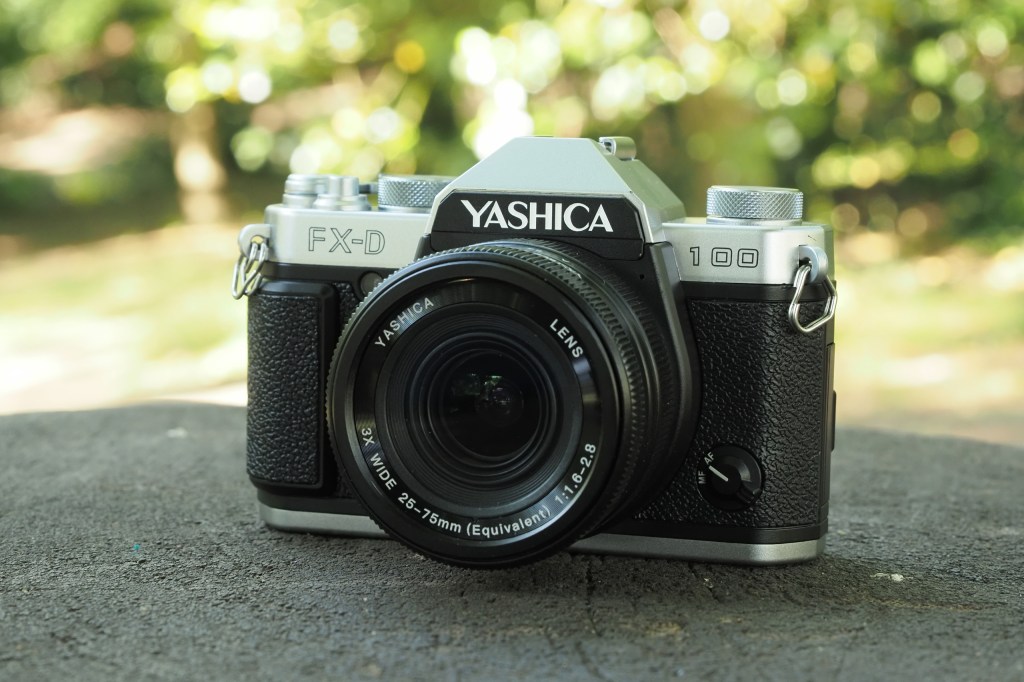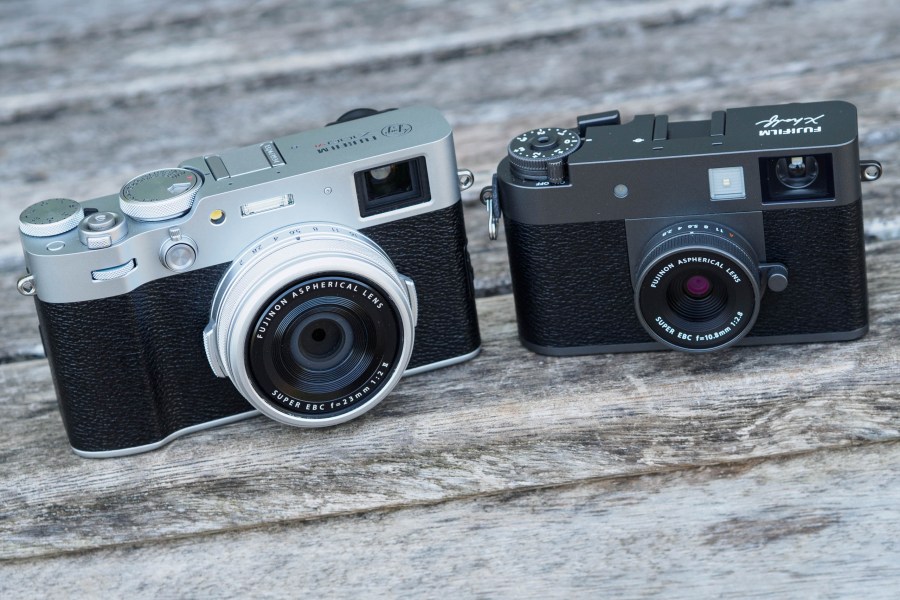Authenticity is key when pushing a product. Does the raft of camera companies now selling devices directly reimagining or inspired by the days of shooting film – think Fujifilm X Half or Pentax 17 – feel authentic? Twenty-five years after they strongly encouraged us to believe ‘film is dead’ so we’d buy the best compact digital cameras which, at that stage, offered an image quality nowhere near as good as existing silver halide, it feels somewhat ironic. Doncha think?
Back then Fujifilm and Kodak, who’d the most to lose from digital becoming mass market due to a massive reliance on film, made some of the best reviewed early digital cameras. But getting our pictures off them and onto our computers was a faff. There were differing card formats – SmartMedia or Memory Stick anyone? – USB card readers were in their infancy and didn’t always accommodate whatever was newest, plus our PCs and internet connections were painfully slow.
A Kodak product manager at the time memorably began a presentation by observing ‘digital photography is a pain in the arse.’
Sometimes it was more convenient to carry on shooting film. A trip to Glastonbury Festival with mates involved taking a disposable film camera to record festivities, fearful that anything more ‘fancy’ and digital might get trashed, lost or stolen. At that stage a roll of film could still be developed on most high streets for a fiver. The most recent film roll I had developed, which I had to send away as it was a non-standard format, cost £20. With a fiver added for postage.
Fujifilm and Olympus, now OM System, have long included digital effect filters on their cameras proudly aping the look of classic film. For Fujifilm, that’s been a USP, with the X half taking it to the next level. But a quarter Century on from digital capture becoming mass market, aren’t we supposed to have moved on from hankering after the filmic look? Why are manufacturers so obsessed with re-creating the feel and camera architecture of a format they told us they’d buried?
Could it perversely be that for Generation Z, born during the age of the smartphone, film is completely new, novel and exciting. And can therefore be re-sold by the manufacturers alongside the latest digital innovations. Creative recycling, if you like.

And, as ever with a trend, it’s not just the big names eager to cash in, but a load of smaller players rushing in too. The pocket-sized Camp Snap offers a screen free digital capture experience complete with downloadable film styles. Yashica’s FX-D series, based on the old FX-3 film compact, is being marketed as ‘your first film simulation digital camera’. Once again, the promise is the convenience of digital but the look of film. Cosplaying analogue capture, there’s even a film advance style lever.
As ever when you play at something, after a while the only way to truly scratch that itch is in going for the real thing. For those who want to truly go old school, the MF-2 is a current Yashica branded film compact. And yes, you’re correct. There are plenty of vintage SLRs and snapshot 35mm film cameras to be found at independent camera shops, and eBay, that can deliver a better experience at a better price. All without the need for pretend authenticity.
The views expressed in this column are not necessarily those of Amateur Photographer magazine or Kelsey Media Limited. If you have an opinion you’d like to share on this topic, or any other photography related subject, email: ap.ed@kelsey.co.uk







